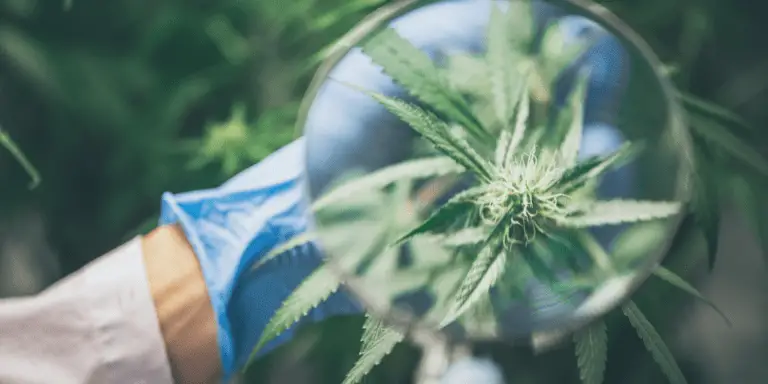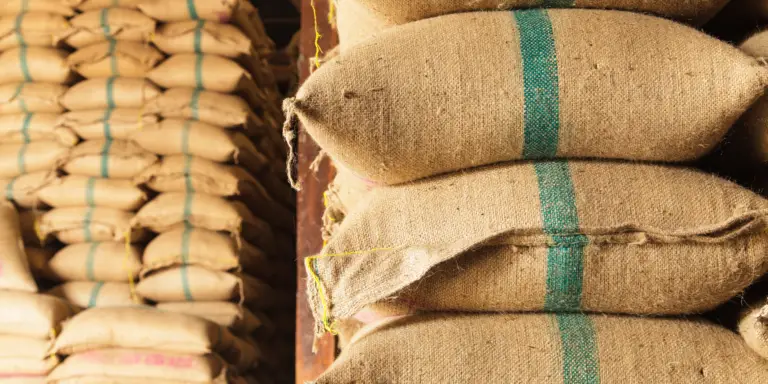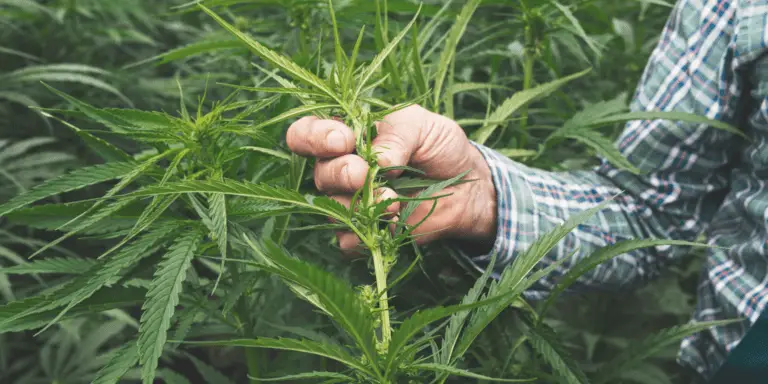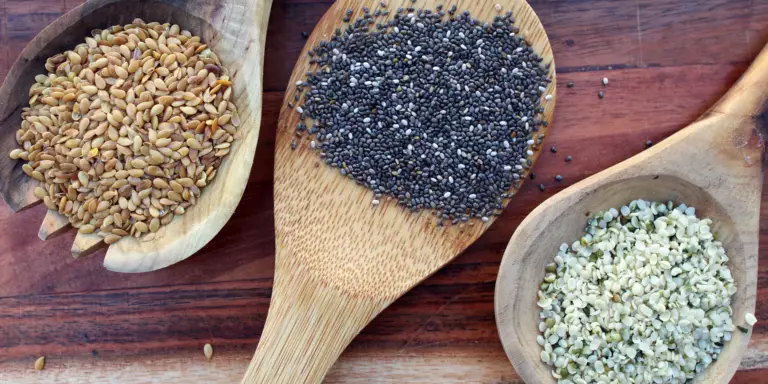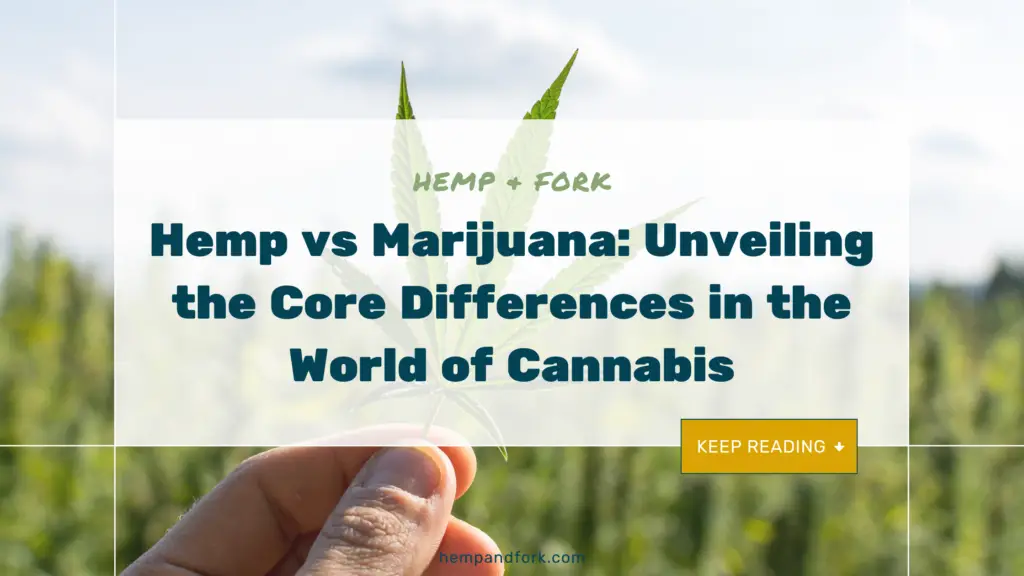
In the ever-evolving world of cannabis, two terms often find themselves entangled in a web of confusion and debate: hemp vs marijuana. While these terms are used interchangeably by the uninformed, they refer to very different forms of cannabis. Understanding the distinction between hemp and marijuana is not just a matter of botanical semantics but also holds significant legal and medical implications. So, what’s the main difference between hemp and marijuana? Let’s dive in.
What is Hemp? Understanding the Versatile Cannabis Plant
Definition and Characteristics of Hemp: More Than Just a Plant
Hemp is a variety of the Cannabis sativa plant species. Unlike its notorious cousin, marijuana, hemp is non-psychoactive, meaning it won’t get you “high.” The reason? It contains a very low concentration of tetrahydrocannabinol (THC), specifically less than 0.3%. This makes it safe for various applications without the risk of psychoactive effects.
Botanical Aspects of the Hemp Plant
- Leaves: Narrow and less clustered
- Height: Taller, often up to 15 feet
- Cultivation: Grown outdoors and requires less attention
- THC Content: Less than 0.3% THC
Uses of Hemp: Beyond CBD Oil
Hemp is a versatile plant with a myriad of applications. Here are some of the most common uses:
- Industrial Textiles: Ropes, canvas, and even carpets.
- Paper Products: Eco-friendly alternative to tree-based paper.
- Hempcrete: A sustainable building material.
- CBD Products: Oils, tinctures, and edibles.
- Food: Hemp seeds are rich in protein and omega fatty acids.
- Biofuel: Can be converted into a clean and efficient form of energy.
- Cosmetics: Used in lotions, shampoos, and soaps.
Medical Uses of Hemp and Marijuana: More Than Just Relief
While both hemp and marijuana have found their places in the medical field, their applications are distinct, owing to their different chemical compositions.
Hemp-Derived CBD for Medical Treatment
Hemp-derived CBD products have gained immense popularity for treating a variety of conditions:
- Anxiety and Depression: CBD has shown promise in reducing symptoms related to anxiety and depression.
- Chronic Pain: Conditions like arthritis and multiple sclerosis benefit from CBD’s anti-inflammatory properties.
- Epilepsy: CBD has been approved for treating certain types of epilepsy.
- Sleep Disorders: Many people use CBD to improve sleep quality.
Marijuana’s Medical Applications
Marijuana, on the other hand, is often used for conditions that require both CBD and THC:
- Cancer Treatment: THC in marijuana can help alleviate nausea and increase appetite in cancer patients.
- Glaucoma: THC can reduce intraocular pressure, providing relief for glaucoma patients.
- Muscle Spasms: The combination of CBD and THC can be effective in treating muscle spasms.
- Mental Health: Some studies suggest that marijuana can be used for mental health conditions like PTSD, although research is ongoing.
It’s essential to consult a healthcare provider for personalized medical advice, as both hemp and marijuana can interact with other medications.
Legal Status of Hemp: The 2018 Farm Bill and Beyond
The legal landscape for hemp underwent a significant change with the passage of the 2018 Farm Bill. This legislation federally legalized the cultivation, sale, and possession of hemp in the United States as long as it contains less than 0.3% THC. However, it’s crucial to note that while hemp is federally legal, some states have their own specific regulations, so it’s always best to check local laws.
| Use Category | Hemp Uses | Marijuana Uses |
|---|---|---|
| Medical | CBD products | Pain relief, anti-nausea |
| Industrial | Textiles, biofuel, hempcrete | Limited |
| Recreational | None | Smoking, edibles, vaping |
| Food | Hemp seeds, protein | Edibles (infused) |
What is Marijuana? The High-THC Cannabis Plant
Definition and Characteristics of Marijuana: Not Just for Recreational Use
Marijuana, often referred to as weed, pot, or cannabis, is another variety of the Cannabis sativa plant. Unlike hemp, marijuana is rich in tetrahydrocannabinol (THC), the psychoactive compound responsible for the “high” that users experience. The THC content in marijuana can vary widely, but it’s generally much higher than the 0.3% found in hemp, often ranging between 5% to 30%.
Botanical Aspects of the Marijuana Plant
- Leaves: Broad and densely packed
- Height: Shorter, usually around 5 feet
- Cultivation: Generally grown indoors under controlled conditions
- THC Content: Ranges from 5% to 30%
Uses of Marijuana: More Than Just a “High”
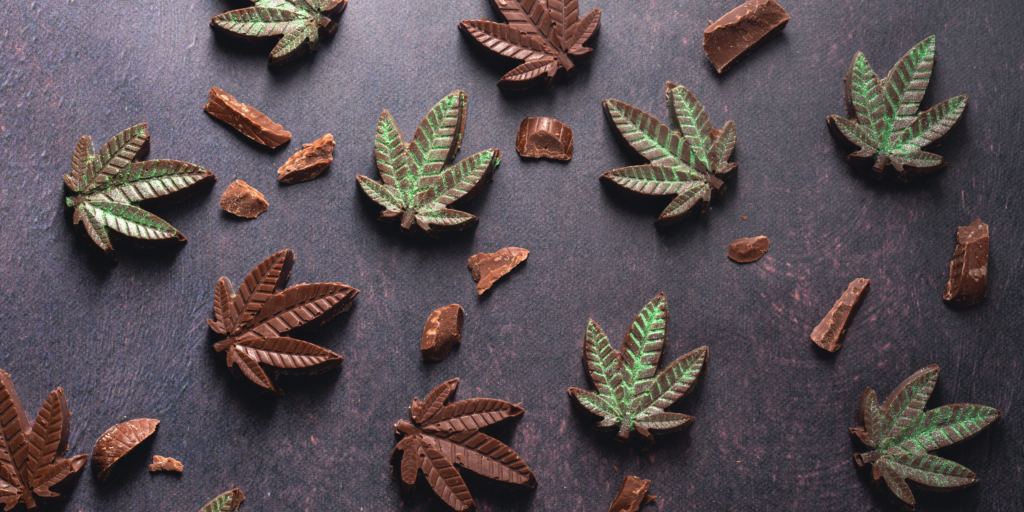
Marijuana has a wide range of uses, both medical and recreational. Here are some key applications:
- Medical Uses: Pain relief, anti-nausea, appetite stimulation, and more.
- Recreational Uses: Smoking, vaping, edibles, and beverages.
- Spiritual Uses: Used in some religious and spiritual ceremonies.
Legal Status of Marijuana: A Complex Landscape
The legal status of marijuana is much more complicated than that of hemp. While some states have legalized marijuana for medical and even recreational use, it remains illegal at the federal level under the Controlled Substances Act.
Key Differences Between Hemp and Marijuana: CBD, THC, and More
THC Content: The Psychoactive Divide
One of the most glaring differences between hemp and marijuana is the THC content. While hemp must legally contain less than 0.3% THC, marijuana can have a THC concentration as high as 30%. This significant difference in THC levels is what primarily distinguishes the psychoactive effects between the two.
CBD Content: Hemp vs. Marijuana
When it comes to CBD (cannabidiol), hemp is generally richer than marijuana. Hemp is often cultivated to produce high-CBD strains for various products like oils and tinctures. Marijuana, on the other hand, contains lower levels of CBD compared to THC.
Legal Aspects: Navigating the Legal Maze
As discussed earlier, hemp is federally legal in the U.S. thanks to the 2018 Farm Bill, whereas marijuana remains illegal under federal law. However, state laws for marijuana vary, making it legal for medical and/or recreational use in some states.
Cultivation: Hemp vs. Marijuana
The cultivation practices for hemp and marijuana also differ significantly:
- Hemp: Grown outdoors and is less demanding in terms of soil and climate.
- Marijuana: Usually grown indoors under controlled conditions to optimize THC content.
| Aspect | Hemp | Marijuana |
|---|---|---|
| THC Content | Less than 0.3% | 5% to 30% |
| CBD Content | Higher | Lower |
| Legal Status | Federally legal in the U.S. | Federally illegal in the U.S. |
| Uses | Industrial, Medical (CBD) | Medical, Recreational |
| Cultivation | Outdoors, less demanding | Indoors, controlled |
Common Misconceptions: Debunking the Myths
Hemp and Marijuana Get You High: The Truth
One of the most prevalent myths surrounding these two plants is that both hemp and marijuana will get you high. This is far from the truth. As we’ve discussed, hemp contains less than 0.3% THC, which is not enough to produce any psychoactive effects. Marijuana, with its higher THC content, is the plant that can induce a “high.”
They Are the Same Plant: Setting the Record Straight
Another common misconception is that hemp and marijuana are the same plants, just with different names. This is incorrect. While both are varieties of the Cannabis sativa plant, they have different characteristics, uses, and legal statuses. Simply put, all squares are rectangles, but not all rectangles are squares; similarly, all hemp and marijuana are cannabis, but not all cannabis is hemp or marijuana.
Why Understanding the Difference Matters: Medical and Legal Implications
Medical Implications: Beyond Just Getting High
The difference between hemp and marijuana is crucial in the medical field. Hemp-derived CBD products are widely used for a range of medical conditions, from anxiety to chronic pain. Marijuana, with its higher THC content, is also used medically but is subject to stricter regulations due to its psychoactive properties.
Legal Implications: The Risk of Misunderstanding
Misunderstanding the difference between the two can lead to significant legal consequences. Possessing marijuana where it’s not legal can result in criminal charges, whereas hemp is federally legal. Knowing the difference can save you a lot of legal trouble.
FAQ
Conclusion: The Final Word on Hemp vs. Marijuana
Understanding the differences between hemp and marijuana is more than a matter of semantics; it has significant implications for medical use and legal status. While both plants come from the same Cannabis sativa family, they differ in THC and CBD content, uses, and legal standing.
As the world of cannabis continues to evolve, staying informed is crucial. We encourage you to delve deeper into this subject and stay updated on the latest research and legal changes. Knowledge is power, and in this case, it could also mean the difference between legal and illegal, or effective medical treatment and ineffective solutions.
This wraps up our comprehensive guide on hemp vs. marijuana. We hope this article has shed light on this often confusing topic and encouraged you to become a more informed consumer or patient. Thank you for reading, and stay tuned for more enlightening articles from Hemp and Fork!
